4 Pieces of Drought Advice from a Regenerative Rancher Who’s Seen It All
Yates Adcock shares what he’s learned, what he’s still learning, and why regenerative grazing is even more beneficial during a dry spell.
Lifelong cattleman Yates Adcock began shifting to a regenerative mindset in 2008. Three years later, when the worst drought of his lifetime hit, he went all in.
With the drought monitor turning from yellow to red and maroon across much of the Great Plains once again in the spring of 2022, he’s glad he did.
Adcock oversees two operations spanning Hughes, Pittsburg and McIntosh counties in Oklahoma. Here are four nuggets of wisdom from the fifth-generation rancher.
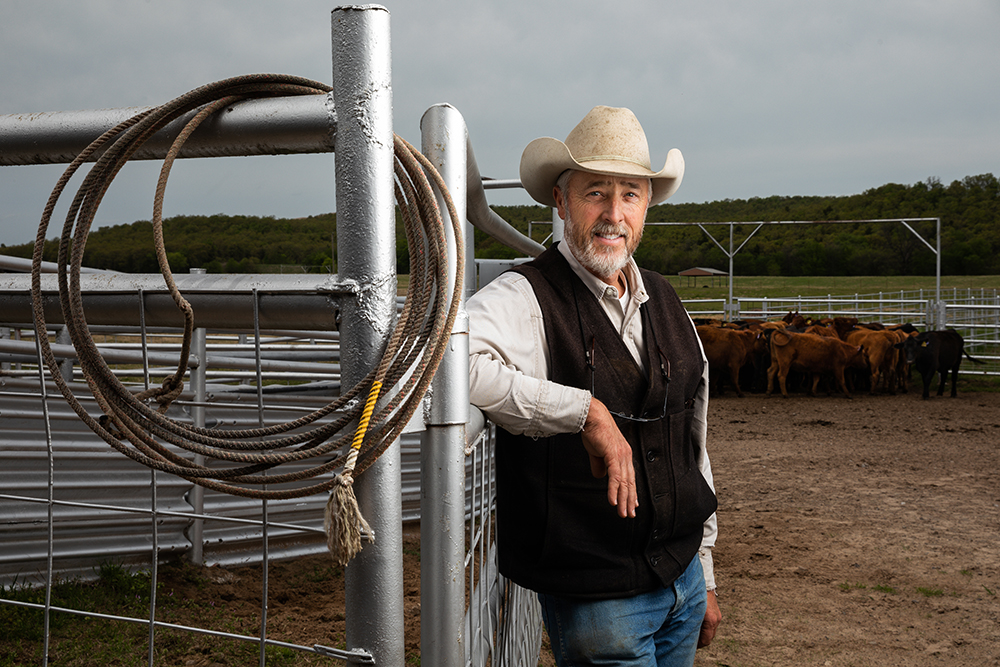
1. Not all droughts are created equal …
“You have to think about this drought and the season you’re standing in,” Adcock says.
A winter drought is one thing, but a summer drought is a lot tougher.
The worst? A spring drought, when there’s not enough moisture for forage to grow.
2. … and neither are all cows.
Adcock, who holds a bachelor’s degree in animal production from Oklahoma State University and a master’s degree in business from Oklahoma City University, says one of the biggest mistakes he sees ranchers make is not matching their cows to the environment. And while it’s always an important practice, it becomes even more so during a drought.
It’s also a good time to get your cow herd back on track.
“When you’re coming into a drought — or even if you’re already in one — your resources are extremely marginal, and it’s a good time to put some trigger points in place,” Adcock says. “Plan ahead to decide how and when you’re going to cull some cows. Maybe you start preg-checking earlier. Maybe there are other considerations to be made. Do what you need to do to make sure the cows left on the place are going to work for you even when times are hard, and they’re still going to produce for you.”
3. Try — and try again.
When asked if he’d recommend regenerative grazing to other cattle raisers, Adcock gives a resounding yes. But he’s quick to point out it can take some trial and error to find exactly which practices work best on individual operations, and at what scale.
“Figure out what your skillset is and what you’re comfortable with,” he says. “And then try that on some acreage and monitor the changes. Be willing to make adjustments along the way, because there’s always a way to do things better.”
Sometimes, of course, you may have to make unexpected changes to well-established plans.
“Last fall, I didn’t have enough labor to plant my cover crops like I usually do, so we had to take a different approach,” Adcock says.
Instead, they grazed their stockpile, which not only fed the cattle but also scattered ryegrass seed.
It was a stark contrast from their usual plan — some years they may put out as much as 1,000 acres of cool season forage. But, considering the dry winter Oklahoma had, he’s glad he didn’t.
“Some of my neighbors did that, and I see how theirs performed,” Adcock says. “It was a pretty big investment in seed and equipment for the [little] return they got. We just didn’t have the moisture needed to get the grazing days we’d need to justify that expense.”
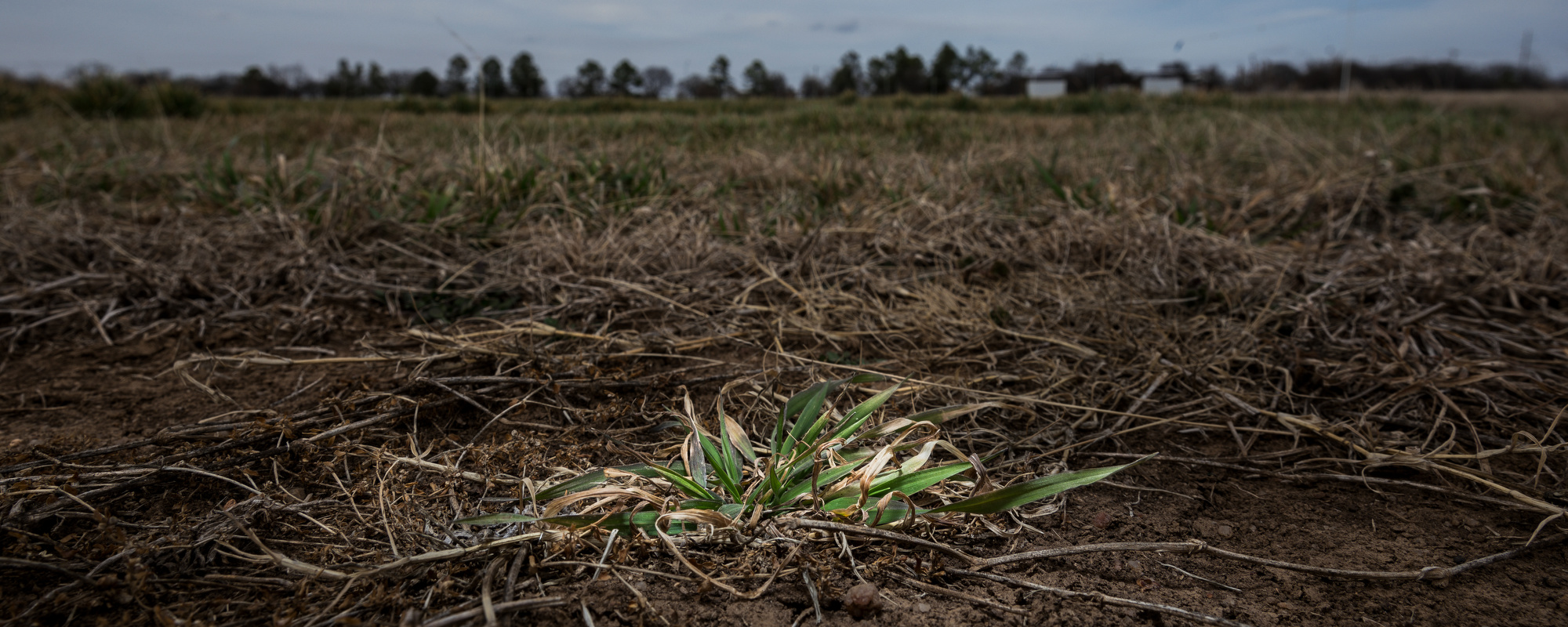
4. In drought, more than ever, regenerative ranching pays off.
Adcock is sold on the regenerative mindset in good times and bad — especially in bad.
“It’s so beneficial in a drought,” he says. “We can bunch those cattle up and let the other parts of the ranch rest. It’s accumulating forage and becoming more resilient. There’s so much that goes into it, but you’ll be surprised. It just starts making sense, and you see the results, and it takes a lot of drought-related stress off you.”
Since input prices always rise in times of drought, stress isn’t the only thing a regenerative mindset will save a rancher.
“When fertilizer prices shot up in 2008, we knew we had to make a change,” Adcock says. “We couldn’t continue to do things in the manner we did in the ’70s, ’80s and ’90s. We didn’t have the resources to make those kinds of investments anymore.”
Adcock’s fertilizer budget was once $80,000 to $100,000 per year, but now it’s almost non-existent. Same goes for his brush control budget.
But don’t be misled: It’s not just about the money for the rancher.
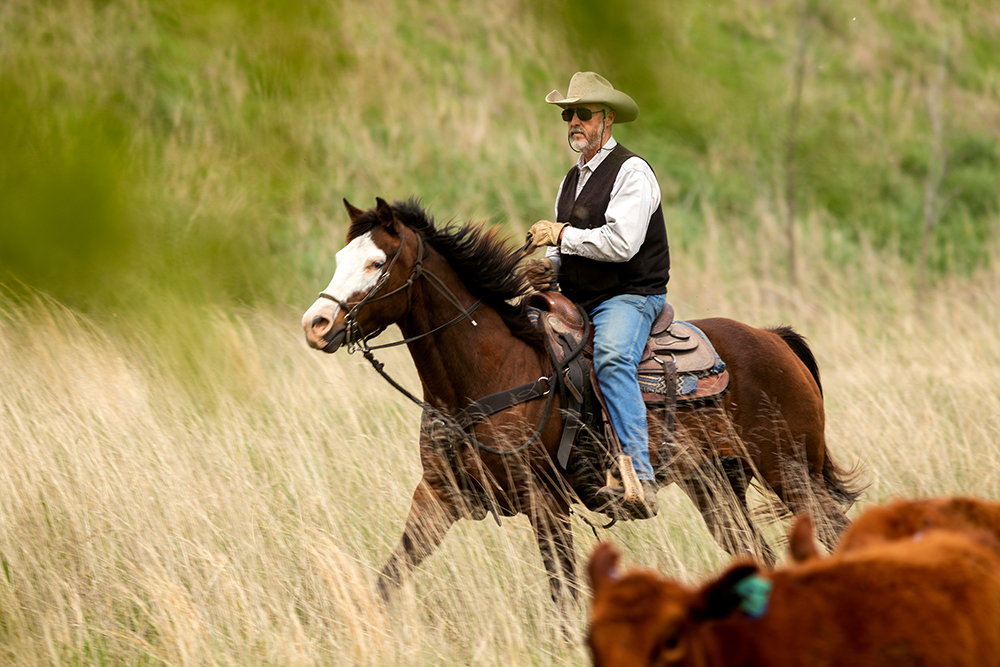
“I’ve always thought there’s just a big responsibility to be a good steward of whatever God has entrusted under your care,” he says. “It’s humbling the footprint that we leave. You may think you’re leaving a good footprint for the next generation, and you may find out that it was a damaging footprint. I think you just really have to leave no rock unturned and keep on improving the land.”

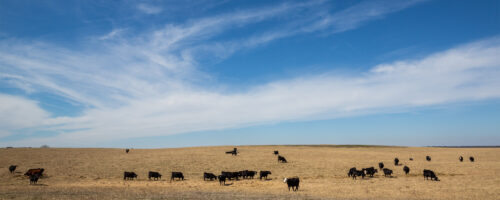
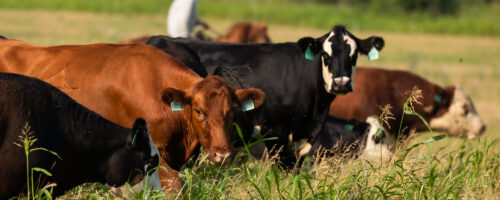
Comment